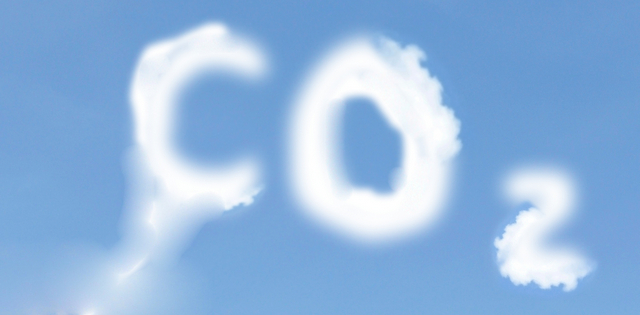
Despite the world’s average annual 1.5% increase in energy consumption in recent years and average 3% growth in Gross Domestic Product, carbon dioxide (CO2) emissions in 2014 were unchanged from 2013 levels. For the first time in four decades, the world economy grew without a parallel rise in CO2 emissions, according to the 2015 Renewables Global Status Report from the Renewable Energy Policy Network for the 21st Century (REN21) and the Worldwatch Institute.
“For the first time in decades, energy-related greenhouse gas emissions leveled out while GDP continued to grow in 2014,” said Alexander Ochs, director of climate and energy program, Worldwatch Institute. “This encouraging trend is due to the remarkable success of renewables. It should energize all efforts to make the important climate summit in Paris in the end of this year a success story as well.”
The landmark “decoupling” of economic and CO2 growth is due in large measure to China’s increased use of renewable resources, and efforts by countries in the OECD to promote more sustainable growth-including increased use of energy efficiency and renewable energy.
“Renewable energy and improved energy efficiency are key to limiting global warming to two degrees Celsius and avoiding dangerous climate change,” says REN21 Chair Arthouros Zervos, who released the new report at the Vienna Energy Forum.
Thanks to supportive policies now in place in at least 145 countries (up from 138 countries reported last year), worldwide power generation capacity from wind, solar PV and hydro sources alone were up 128 GW from 2013. As of end-2014, renewables comprised an estimated 27.7% of the world’s power generating capacity, enough to supply an estimated 22.8% of global electricity demand.
Solar PV capacity has grown at the most phenomenal rate-up 48-fold from 2004 (3.7 GW) to 2014 (177 GW).
Global new investment in renewable power and fuels (not including hydropower >50 MW) increased 17% over 2013, to $270.2 billion. Including large-scale hydropower, new investment in renewable power and fuels reach at least $301 billion. Global new investment in renewable power capacity was more than twice that of investment in net fossil fuel power capacity, continuing the trend of renewables outpacing fossil fuels in net investment for the fifth year running.
“With global investments in renewables above $300 billion in 2014, the 2015 Global Status Report proves that the remarkable success story of wind, solar, hydro and geothermal electricity continues,” said Alexander Ochs, Director of Climate and Energy Program, Worldwatch Institute. “Much more effort is needed in heating and cooling as well as transportation sectors, where the use of modern renewables is growing, but still from a very small basis.”
Investment in developing countries was up 36% from the previous year to $131.3 billion. Developing country investment came the closest ever to surpassing the investment total for developed economies, which reached $138.9 billion in 2014, up only 3% from 2013.
The group also stated that the sector’s growth could be even greater if the more than $550 billion in annual subsidies for fossil fuel and nuclear energy were removed. Subsidies perpetuate artificially low energy prices from those sources, encouraging waste and impeding competition from renewables, according to REN21.
“Creating a level playing field would strengthen the development and use of energy efficiency and renewable energy technologies,” said Christine Lins, executive secretary, REN21. “Removing fossil-fuel and nuclear subsidies globally would make it evident that renewables are the cheapest energy option.”
— Solar Builder magazine
[source: http://solarbuildermag.com/news/gdp-growth-now-uncoupled-from-co2-emissions/]

Leave a Reply
You must be logged in to post a comment.